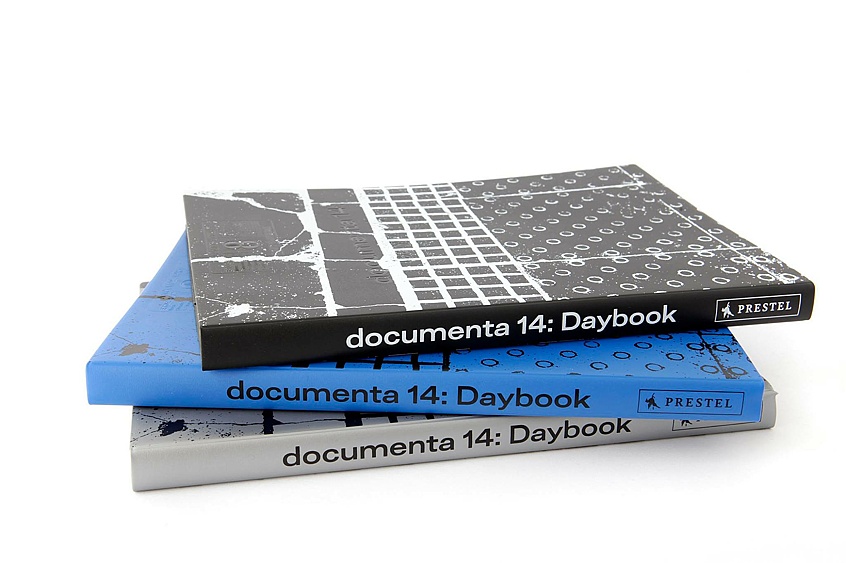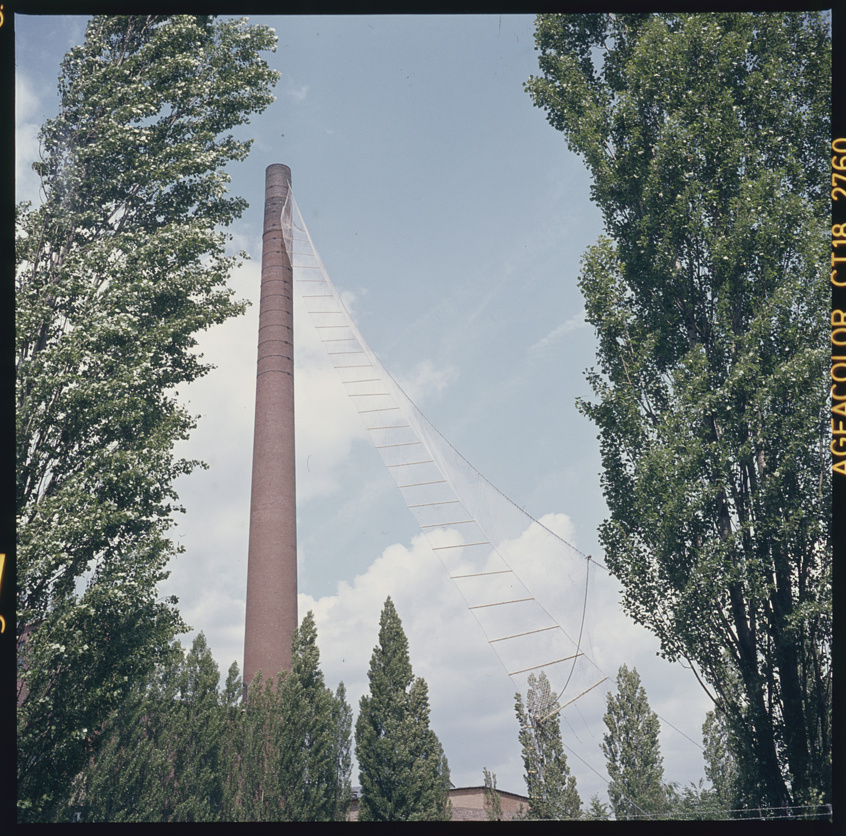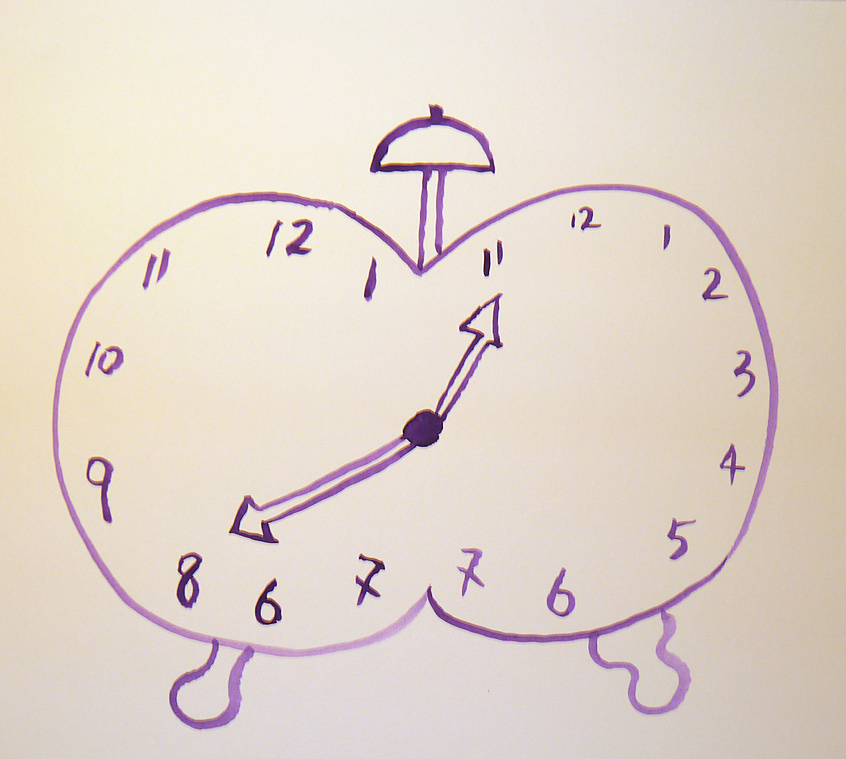This public presentation takes the work developed by Banu Cennetoğlu for documenta 14 in Athens as a departure point for opening a discussion on diaries—the intimate annotations of one’s life—as a source for alternative historical narratives.
Gurbet’in Güncesi: Yüreğimi Dağlara Nakşettim (Gurbet’s Diary: I Engraved My Heart into the Mountains) is the name of Gurbetelli Ersöz’ diary, kept by her between July 27, 1995 and October 8, 1997.
Gurbetelli Ersöz (1965–1997) was a Kurdish journalist and freedom fighter. In 1993, she became the first female editor-in-chief of the Turkish newspaper Özgür Gündem, which focused on Kurdish issues. The newspaper’s headquarters in Istanbul were raided on December 10, 1993 and more than ninety people were detained. Editor-in-chief Ersöz and seventeen of her colleagues were arrested. After thirteen days of heavy torture, she was sentenced to a prison term of three years and nine months. Although she was released in June 1994, she was exhausted and forbidden from practicing her profession. In July 1995, she decided to join the guerrilla forces.
Written in Turkish, Gurbet’in Güncesi: Yüreğimi Dağlara Nakşettim was first published in 1998 by Mezopotamien Verlag in Neuss, Germany and in 2014 by Aram Yayınevi in Diyarbakır, Turkey. As of February 26, 2017, there were 151 journalists in prison and 177 media and news outlets have been closed in Turkey. Hundreds of books have been banned. Ersözʼ diary, which is one of them, is both a personal account and a factual document looking at forty years of an on-going war and its many allies.
Gurbetelli Ersöz was killed on October 8, 1997 in Southern Kurdistan.
Banu Cennetoğlu lives and works in Istanbul and Berlin. She explores the political, social, and cultural dimension of the production, representation, and distribution of knowledge and asks how it feeds into a society’s collective thought to become part of its ideology. Recent exhibitions include It is obvious from the map, REDCAT, Los Angeles (2017); documenta 14, Athens and Kassel (2017); and The Restless Earth, Fondazione Nicola Trussardi, Milan (2017). She participated in the 10th Gwangju Biennale (2014); Manifesta 8, Murcia, Spain (2010); 53rd Venice Biennale/Pavilion of Turkey (2009); 3rd Berlin Biennale (2008); 1st Athens Biennale (2007); and the 10th Istanbul Biennale (2007). In 2006, she initiated BAS, a project space in Istanbul focusing on the collection and production of artists’ books and printed matter.
Dr. Murat İssi was born in 1974 in northern Kurdistan / Turkey. He studied Mathematics in Turkey and later completed his studies in Greece in the department of political science and history of Panteion University. He taught Greek-Turkish relations at Democritus University in Thrace. In addition to translating Gurbetelli Ersöz’s diary, I Engraved My Heart into the Mountains, he has translated books into Turkish, Greek, and Kurdish and has published numerous articles in academic and non-academic journals. His book Kurdish Nationalism. Sociopolitical Concepts and Islam, 1898-1918 will be published in Papazisis Editions in 2017. He lives and works in Athens.
Katerina Tselou is the assistant to the artistic director and curatorial advisor of documenta 14. She was co-curator and coordinator of the curatorial team for the 4th Athens Biennale (2013), curator of visual arts at the National Theater of Greece (2009–2013), and exhibition coordinator and international relations and film distribution manager at Argos, Center for Art and Media in Brussels (2007–2008). She has organized projects as an independent curator in Greece, collaborating with institutions such as the European Film Festival and the Theater of the South. Katerina Tselou lives and works in Athens.
Arnisa Zeqo is an art historian based in Athens. In 2011, she cofounded rongwrong, a space for art and theory in Amsterdam. Recently she was curator-in-residence at the Center for Curatorial Studies at Bard College, where she focused on works of art at the edge of the performative and authored the conceptual essay “Let’s Spit on Szeemann.” Zeqo is part of the team of documenta 14 in Athens as the coordinator of education.




